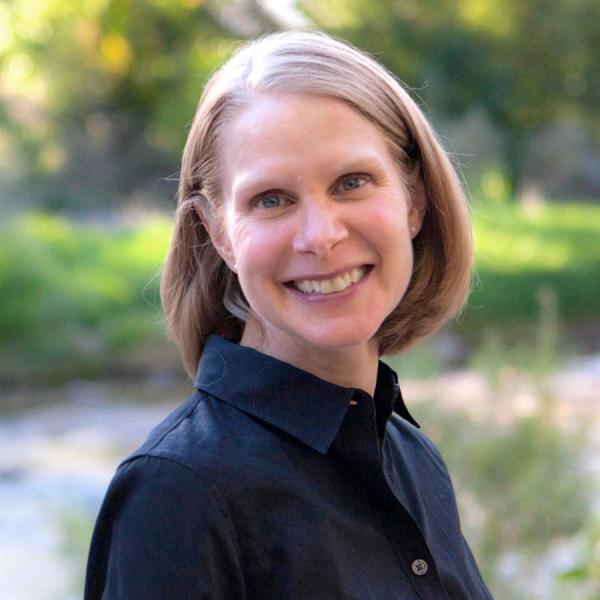Monitoring the Marketplace
We are into the “new season of health reform,” otherwise known as open enrollment for health insurance on Connect for Health Colorado (C4HC). On October 1, when the state health insurance marketplace opened for business, the Colorado Health Institute identified key questions that we’d be monitoring. Here’s an update on where things stand, 46 days into it.
How many Coloradans have enrolled in coverage and who are they?
A total of 37,576 Coloradans have signed up for private and public health insurance coverage through C4HC and PEAK (Colorado’s Medicaid enrollment portal) in the first 31 days of open enrollment. By comparison, in the first month the federal marketplace used by 36 states logged 210,000 enrollees for both private and public insurance coverage, and the 15 state-based exchanges, including Colorado, enrolled 292,000 individuals.
We don’t know much about these 37,576 Coloradans. We don’t know whether they are already insured and switching plans or if they are currently uninsured. We also don’t know how old they are. Attracting young, relatively healthy people, who might not need as much care as older adults, diversifies the insurance risk pools and can hold down premiums for everyone. Word from insurers across the country suggests that the early buyers are older than expected. Connecticut released detailed data on its early exchange customers, most of whom are over age 45. Kentucky, however, reported 40 percent enrollment from adults under age 35.
We do know that most of these 37,576 individuals have lower incomes. More than 90 percent qualified for and enrolled in Medicaid, with the remaining 3,400 signing up for private health insurance. This mirrors experiences in many other states. More than 80 percent of enrollees in the Kentucky and Washington marketplaces qualified for Medicaid. The 48,000 enrollees in New York’s marketplace, on the other hand, are more evenly split, with just less than half seeking Medicaid.
How easy is it to purchase coverage and gain eligibility for federal subsidies?
Few, if any, news reports about the Affordable Care Act describe the process for purchasing coverage and applying for federal subsidies as “easy.” Applicants must first be screened for Medicaid eligibility before they can apply for a subsidy through any health insurance exchange. In Colorado, applicants must first complete a 12-page Medicaid application and the Colorado Department of Health Care Policy and Financing (HCPF), the agency that administers Medicaid, has up to 45 days to rule on eligibility. Those who are turned down can then seek a subsidy. According to HCPF, most people are notified within 24 to 48 hours about their Medicaid application and the average time to clear those applications with mistakes or requiring additional information is 16 days. HCPF is working to streamline the application but has not given firm dates as to when this may happen.
Does C4HC advance market-based principles such as choice, transparency and competition?
C4HC provides choices – 10 carriers are offering more than 150 plans for individuals and families and six carriers offer about 90 plans for small employers. Visitors to C4HC can view side-by-side comparisons of plan details, including monthly premiums, deductibles and out of pocket costs. Visitors can also limit plan options by providers. Measuring C4HC’s impact on choice, transparency and competition will require more information, such as how many Coloradans opt to purchase coverage through C4HC even if they are not seeking a subsidy; which plans are the most popular; and how much coverage costs and whether the prices go up or down.
How seamless is the transition between the marketplace and other types of coverage such as Medicaid?
According to findings from the 2013 Colorado Health Access Survey, more than one in 10 Coloradans (11.7 percent) had a change in health insurance in the 12 months prior to the survey. For example, some moved from between private insurance plans or from private insurance to public coverage and vice versa. How these transitions will be handled between C4HC, Medicaid and Child Health Plan Plus is unknown. The early performance on handing off enrollees suggests much work is needed to make it seamless.
Does the marketplace increase the number of Coloradans with coverage and will they have improved access to care?
Insured Coloradans are more likely to have a usual source of care and use health services compared to people without insurance, as shown by data from the 2013 Colorado Health Access Survey. While nearly 38,000 have enrolled for coverage, we don’t know how many of these Coloradans already had coverage or enrolled for the first time. As for access to care, the Colorado Health Institute will be reporting on the ability of the state’s health care providers to handle the increased workload created by health reform.
In the time that it took to write this blog I received four national surveys or reports on marketplace enrollment as well as near constant Twitter updates from news outlets highlighting state-exchange successes and failures – with some states shifting from one list to the other in a matter of days. On the plus side, the Kentucky marketplace is cited by both the Wall Street Journal and National Public Radio as among the best state exchanges. Kentucky says that’s because Medicaid officials worked closely with its marketplace developer from the beginning. Whether the Medicaid eligibility hurdle for subsidy applicants through C4HC can be simpler and expedited is important to watch. This is particularly important as C4HC ramps up its outreach efforts in advance of December 15, the deadline for January 1 coverage.

